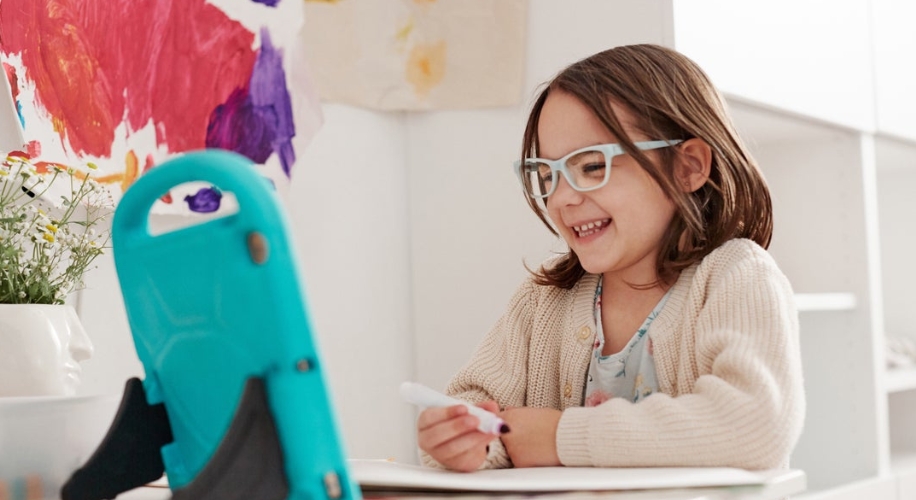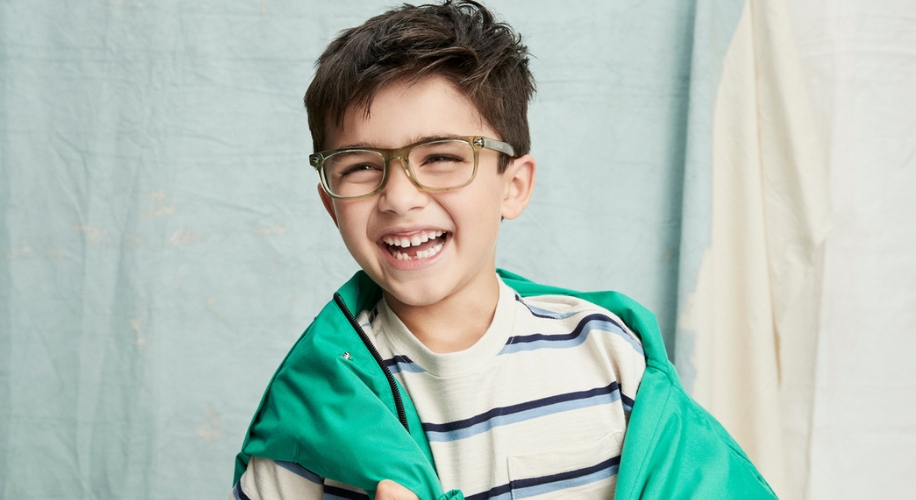What is Amblyopia or Lazy Eye?

Amblyopia, commonly known as “lazy eye,” is a vision disorder that typically develops in childhood. It occurs when one eye doesn’t receive adequate visual stimulation. The brain naturally favors the better eye, which leads to reduced vision in the “lazy” eye.
Amblyopia can arise from various factors:
- Strabismus: Misalignment of the eyes, where one eye turns inward, outward, upward, or downward.
- Refractive Error: Significant differences in the prescription between the eyes, such as nearsightedness, farsightedness, or astigmatism.
- Blockage of Vision: Anything that obstructs clear vision during childhood, like cataracts or droopy eyelids.
Signs and Symptoms
Identifying amblyopia early is essential for successful treatment. However, since the condition often affects children who may not be able to communicate vision problems, it’s crucial for parents and caregivers to watch for signs such as:
- Poor Depth Perception: Difficulty judging distances or clumsiness.
- Squinting or Closing One Eye: Especially in bright light.
- Tilting the Head: Adjusting the head to see better.
- Frequent Rubbing of Eyes: Indicates discomfort or strain.
- One Eye Turning Inward or Outward: A sign of strabismus.
Prevention Tips
Preventing amblyopia involves early detection and treatment of underlying causes. Here are some tips to help prevent or minimize the risk of amblyopia:
- Regular Eye Exams: Schedule comprehensive eye exams for children, starting from infancy and continuing throughout childhood.
- Prompt Treatment of Eye Disorders: Treat conditions like strabismus, refractive errors, or cataracts early to prevent amblyopia from developing.
- Encourage Eye Stimulation: Engage children in activities that promote the use of both eyes, such as reading, drawing, or playing games.
Treatment Options
Treating amblyopia typically involves correcting the underlying cause and training the brain to use the affected eye properly. Treatment options may include:
- Eyeglasses or Contact Lenses: Correct refractive errors to equalize vision between the eyes.
- Eye Patching: Cover the stronger eye with a patch to force the brain to use the weaker eye, stimulating vision development.
- Atropine Eye Drops: Blur the vision in the stronger eye to encourage the use of the weaker eye.
- Vision Therapy: Perform exercises and activities designed to improve eye coordination, and strengthen the weaker eye.
Shop These Zenni Frames
When glasses are part of the treatment plan for amblyopia, finding affordable and attractive eyewear is essential. Zenni offers a vast selection of high-quality kids’ frames at budget-friendly prices, ensuring that children can receive the necessary visual correction without compromising on style or comfort. Zenni frames make it easy for all kids to enjoy wearing their glasses.






 Canada
Canada